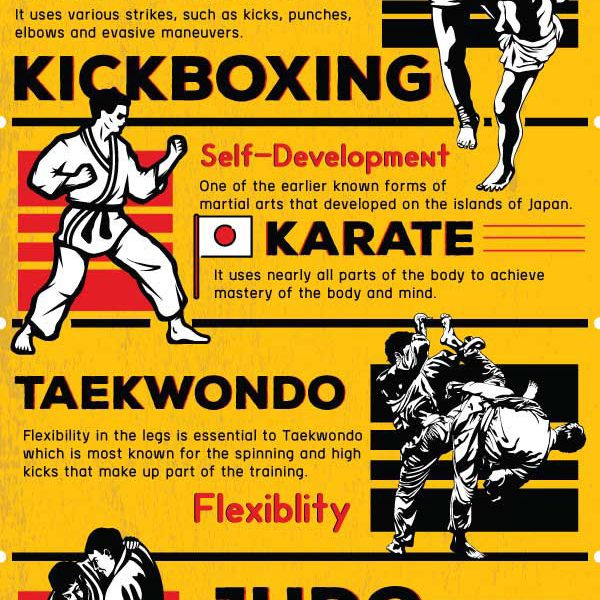Exploring The Differences In Between Typical Martial Arts And Contemporary Battle Sports
Exploring The Differences In Between Typical Martial Arts And Contemporary Battle Sports
Blog Article
Uploaded By-Skovbjerg Rocha
When you think about martial arts, do you lean a lot more towards the standard techniques or the contemporary combat sports? Each path offers unique benefits and experiences, shaped by their ideologies and training approaches. Conventional martial arts highlight personal growth and technique, while contemporary battle sporting activities concentrate on competitors and performance. Comprehending these distinctions can guide you in picking the right approach for your journey. Yet how do these distinctions show up in training and philosophy?
The Approach and Background Behind Typical Martial arts
While many individuals connect martial arts with physical combat, the philosophy and history behind traditional martial arts run much deeper. You'll locate that these disciplines stress personal development, discipline, and regard.
Stemming from old practices, traditional martial arts were typically created for Self-Defense and spiritual advancement. They symbolize principles such as equilibrium, consistency, and self-control, assisting specialists beyond simple combating abilities.
As you educate, you'll not only find out methods however also acquire insights into the culture and values that formed these arts. kajukenbo youtube and customs, usually given with generations, cultivate a feeling of neighborhood and belonging.
The Affordable Nature of Modern Battle Sports
Modern battle sports have actually transformed the landscape of martial arts right into a very affordable arena, where professional athletes face off in an examination of ability, approach, and endurance.
You'll notice that competitors are usually arranged with strict guidelines and regulations, making certain fair play and safety and security. click for info bring in large audiences, fueling the exhilaration and intensity of matches.
Professional athletes educate carefully, not just for physical prowess however likewise for mental toughness, recognizing that every detail counts in the ring. The adrenaline thrill during competitors is apparent, as boxers push their limits to claim success.
Fans appreciate the athleticism and virtuosity included, making contemporary battle sporting activities a thrilling spectacle that continues to evolve and captivate enthusiasts around the world.
Training Techniques and Strategies: A Comparative Evaluation
The affordable environment of modern combat sporting activities demands cutting-edge training approaches that vary substantially from traditional martial arts.
In modern-day training, you'll focus on specific strategies, sparring, and conditioning, commonly making use of drills that mimic genuine fight scenarios. You'll see a focus on measurable performance and regular competition to evaluate your skills.
On the other hand, traditional martial arts focus on kinds, katas, and thoughtful teachings, usually emphasizing discipline and respect over competitors.
Training is normally less intense and might involve recurring technique as opposed to real-time sparring.
While both techniques construct skill and fitness, modern-day fight sporting activities offer an extra dynamic and versatile training setting, preparing you for prompt challenges in the ring or cage.
Pick the course that aligns with your objectives and interests.
Conclusion
In choosing between conventional martial arts and modern combat sporting activities, it truly boils down to what you value most. If you're searching for individual growth, self-control, and a sense of area, typical arts could be your ideal fit. However if you flourish on competitors and real-time challenges, modern-day combat sports could be the way to go. Ultimately, both courses supply unique advantages, so it's all about straightening your training with your individual objectives and interests.
